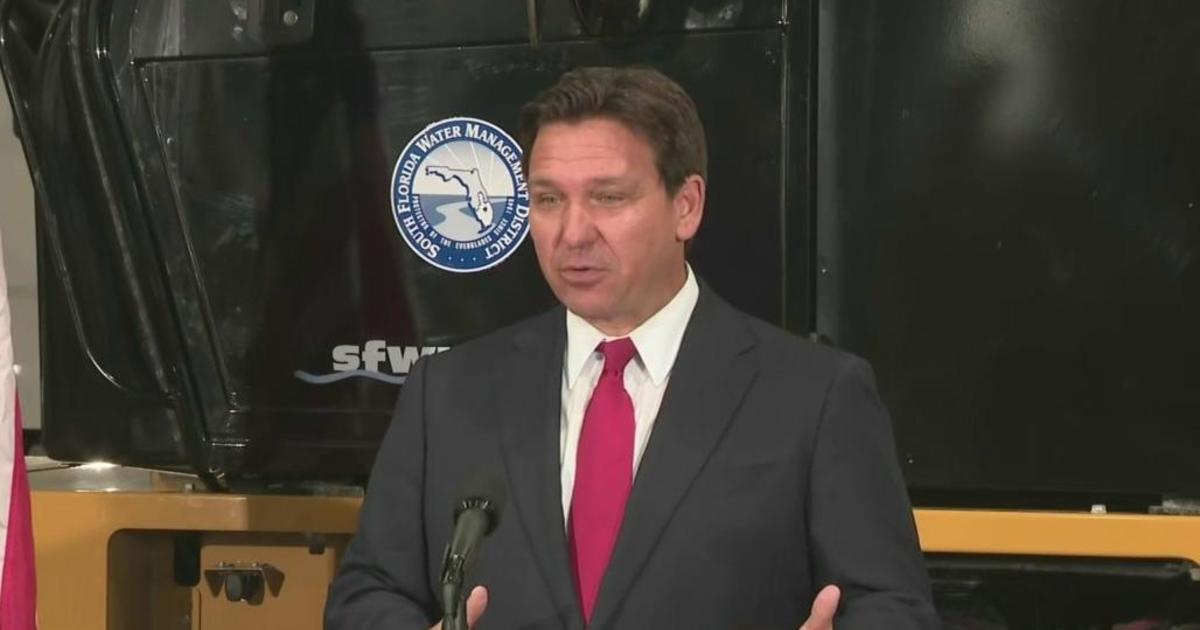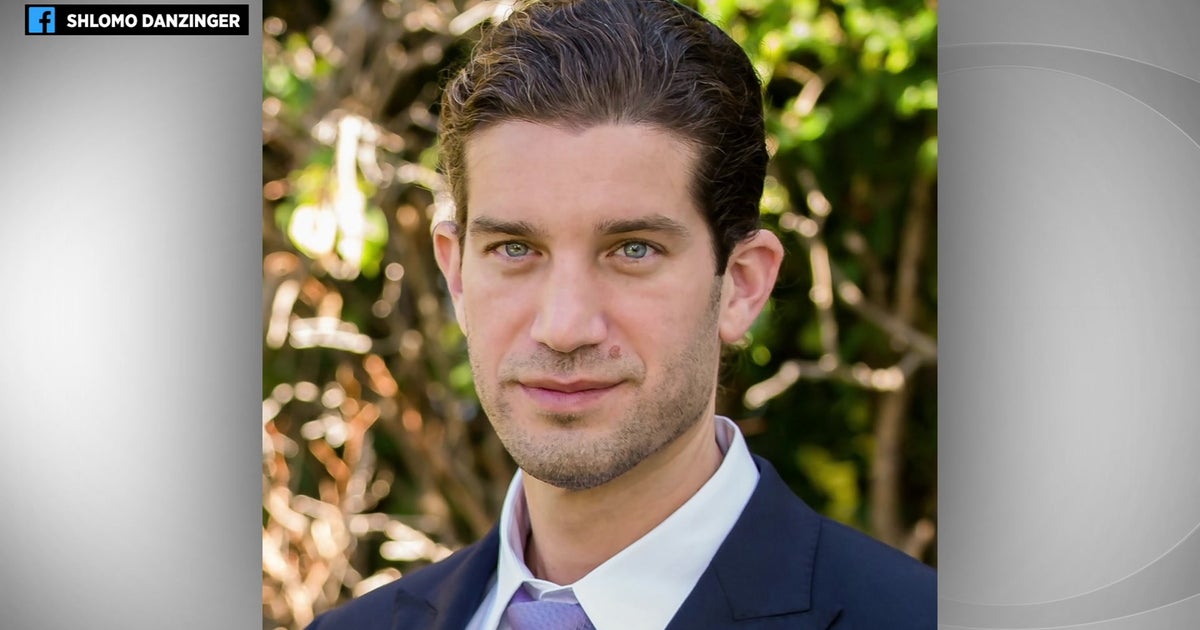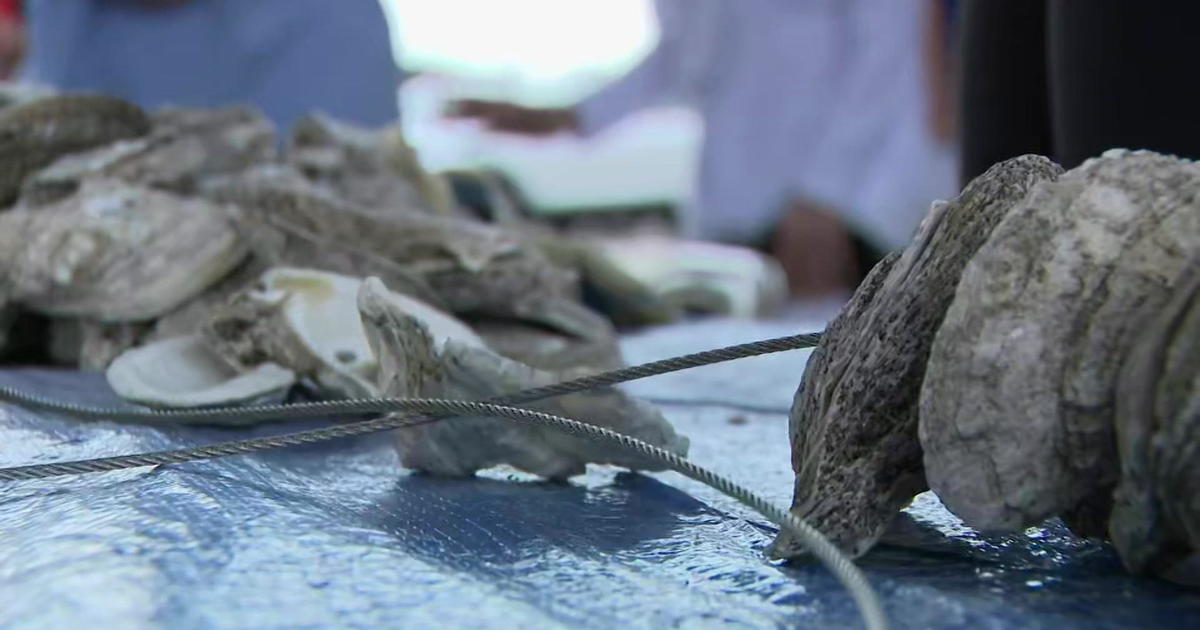Ask A South Florida Expert: 5 Fun & Easy Science Projects To Do At Home
University Of South Florida
4202 E. Fowler Ave.
Tampa, FL 33620
(813) 974-2011
www.usf.edu
Sean Wodrich is currently majoring in civil engineering with science being a course requirement, and one that he did very well with during his high school years. Many students could almost consider him a role model for his knowledge of experimenting with regular everyday materials to create scientific results that are almost as realistic as if they came right out of a science book.
The purpose of this experiment is to observe the interaction between objects of nature and the impact of human intervention. Take a two-liter bottle, cut it fully around just below the shoulder of the bottle. Make sure to poke a one-centimeter hole in the bottle cap so that a tube can be inserted to get water to the newly-created aquarium, which will promote the growth of items such as algae and phytoplankton. Add the soil to the bottom of the bottle and then add the water. There are more objects from nature that can be added as long as you continue to monitor the progress and how each will interact. Ecosystems rely on solar radiation, moisture, minerals and soil organisms, and this small bottle can provide the entire answer to the formula, all put together by you.
The purpose of this science experiment is to understand how rain clouds work. Fill a jar 3/4 full with tap water. Spray shaving foam on the top of the water. Let the foam settle. Drop some food coloring into the shaving cloud. As the cloud fills up with the food coloring, it begins to slide down into the water, appearing like rain. Scientifically, clouds form when water vapor rises in the air. When the vapor hits cold air, it turns into droplets of water. The small drops of water floating in the air collect and stick together, in turn, forming clouds. When the cloud can no longer hold any additional water, the water releases back to the land.
All kids love ice cream, but what is ice cream made of and what makes salt so crucial to the creation process? For this experiment, you will need rock salt, crushed ice, vanilla, sugar, Half & Half and a two-quart size freezer bag that won't break or leak. Don't forget a pair of gloves or a hand towel. Mix the ingredients and seal the bag well. It is best to put the bag with the ice cream ingredients into another bag that is a bit larger. This way, it remains sealed and guarantees that nothing will leak. Put the two bags inside a gallon size bag and fill the bag with ice, then sprinkle salt on top. Again, let all the air escape and seal the bag. Wrap the bag in the towel or put your gloves on and shake and massage the bag, making sure the ice surrounds the cream mixture. Five to eight minutes is adequate time for the mixture to freeze into ice cream. You might call this good clean fun and a kid's favorite.
Related: 3 Science Experiments To Try Outdoors With The Kids This Summer
Take a large three-inch iron nail, three feet of thin-coated copper wire, a fresh D-size battery and paper clips or some sort of small magnetic objects. Leave eight inches of wire loose at one end and then wrap the rest of the wire at the end of the nail. Don't overlap the wires. Keep eight inches loose at the other end. Remove an inch of the plastic coating from both ends of the wire. Attach the one wire to one end of the battery and the other wire to the other end of the battery. Now comes the educational piece of the experiment. Put the point of the nail near a few paper clips and you will see how it picks them up. Make sure to disconnect the wires when you are done exploring. That magnetic attraction is powerful and eye-opening.
Building a rocket is, by far, one of the favorite science projects of kids of all ages, and Sean Wodrich confirmed that it was one of his favorites as well. Take a 35mm empty plastic film canister with lid (white works better than black canister). You also need an Alka-Seltzer antacid tablet, water and safety goggles. Start by breaking the tablet in half. Take the canister lid off and put a teaspoon of water inside. Very quickly, put the tablet inside the canister and then close the lid tightly. Carefully put the canister on the ground with the top side down. Step back and let the canister launch into the air. How does it all work? Putting the tablet in the water creates carbon dioxide. As the gas is released, pressure builds in the canister, pops the top and the rocket launches wildly into the air.



